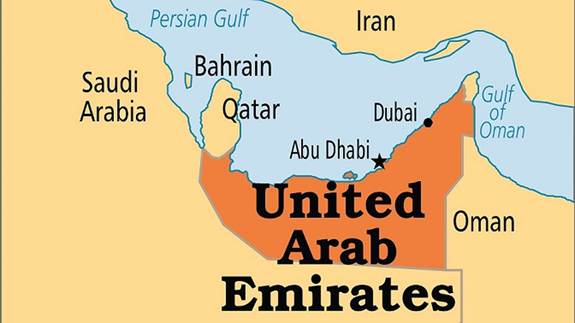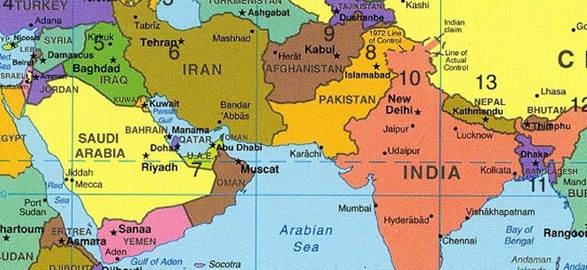Free Courses Sale ends Soon, Get It Now


Free Courses Sale ends Soon, Get It Now



Copyright infringement not intended
Context: India and UAE have reiterated their commitment to achieving the goal of 100 billion US dollars of bilateral trade in the next five years.
More on the news:

Copyright infringement not intended
Background:
Why the relations are on a upswing?
Challenges:
Analysis:
Way Forward:
© 2024 iasgyan. All right reserved